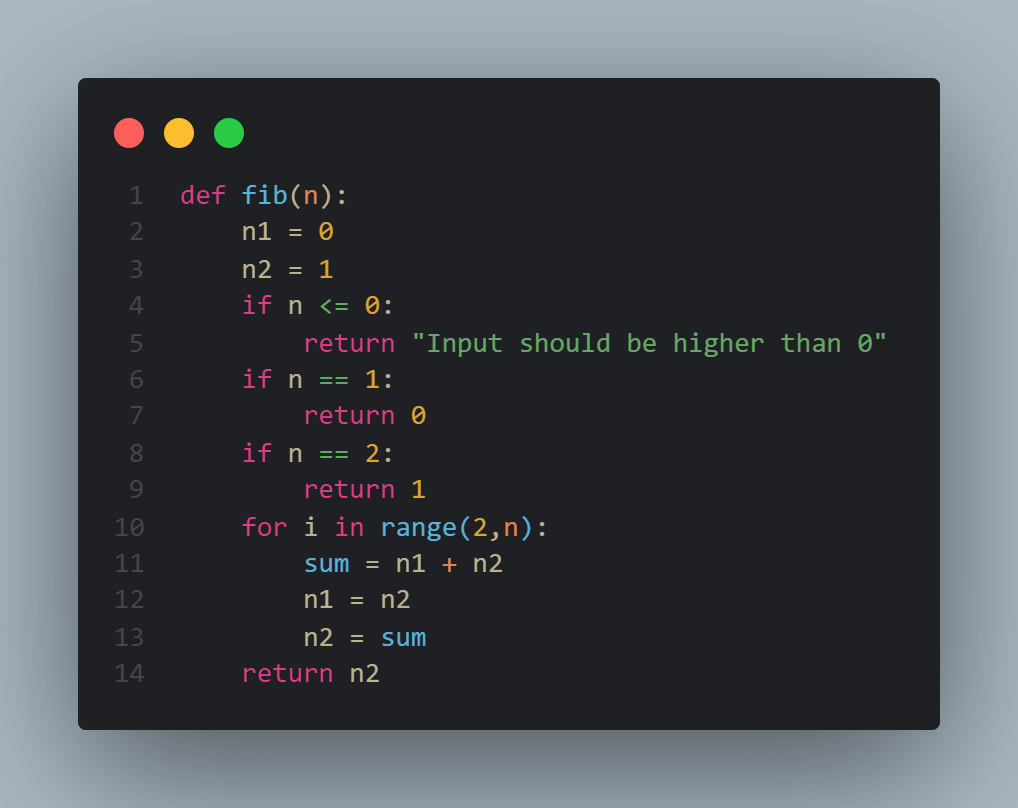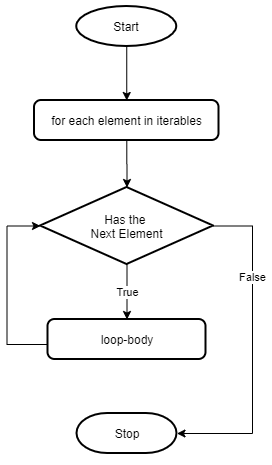

This form is reCAPTCHA protected (Google Privacy Policy & TOS)įill out the form above to sign up for Python Morsels, get some practice with the zip function, and start leveling-up your Python skills every week. If you wrap range() inside reversed(), then you can print the integers in reverse order. I won’t share you info with others (see the Python Morsels Privacy Policy for details). But Python does have a built-in reversed function. If you sign up for Python Morsels I’ll give you a Python looping exercise that right now and then I’ll send you one new Python exercise every week after that. If you’d like to get hands-on experience practicing Python every week, I have a Python skill-building service you should consider joining. You have to practice these skills if you want to actually remember them.
Range for loop python code#
Write some code that uses enumerate and zip later today and then quiz yourself tomorrow on the different ways of looping in Python. So you’ve just read an article on something new, but you haven’t learned yet. This simply executes print i five times, for i ranging from 0 to 4. You don’t learn by putting information in your head, you learn by attempting to retrieve information from your head. The range function wil give you a list of numbers, while the for loop will iterate through the list and execute the given code for each of its items. If you find yourself struggling to figure out the best way to loop, try using the cheat sheet above. If you need to loop over a list and you need item indexes, use enumerate The most common and popular use of the range() function in Python is to iterate sequence type (List, string, etc.) with for and while loop.If you only need to loop over a single list just use a for-in loop.Im not sure this is the most efficient way to. result myfunction (x, y) for x in arange (0.3, 10.7, 2.2) for y in arange (-3.2, 5.4, 0.7) For cases in which you need the explict index using enumerate (arange (.)) is both compact and readable.

If you need to loop over multiple lists at the same time, use zip This is one possible solution that doesnt need the explict index to store the values.It’s quite rare to need indexes in Python.

In fact, if you find yourself reaching for enumerate, think about whether you actually need indexes at all. For loop with range In the previous lessons we dealt with sequential programs and conditions. If you find yourself tempted to use range(len(my_list)) or a loop counter, think about whether you can reframe your problem to allow usage of zip or enumerate (or a combination of the two). For loop with range Theory Steps Problems 1. For num, line in enumerate ( lines ): print ( "".


 0 kommentar(er)
0 kommentar(er)
